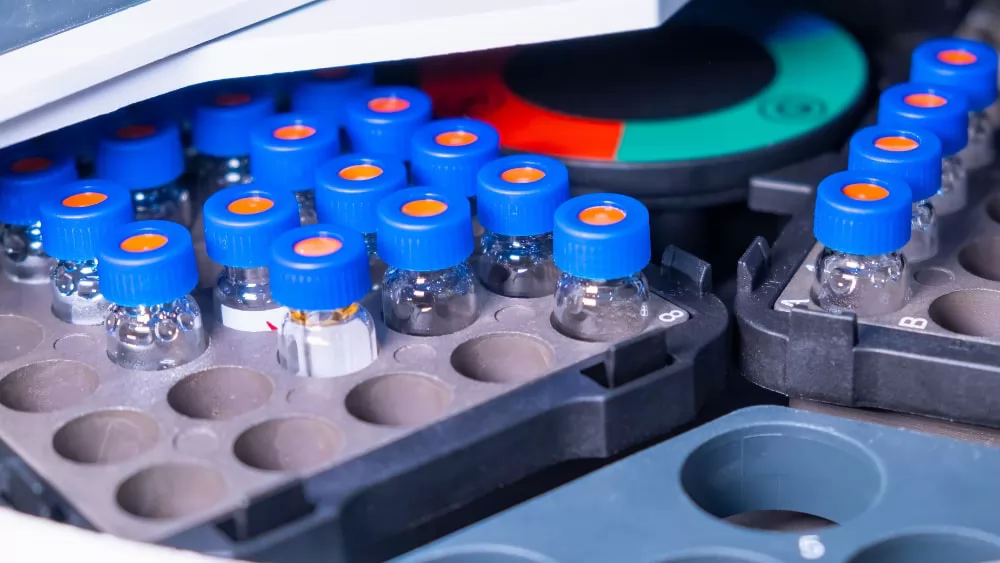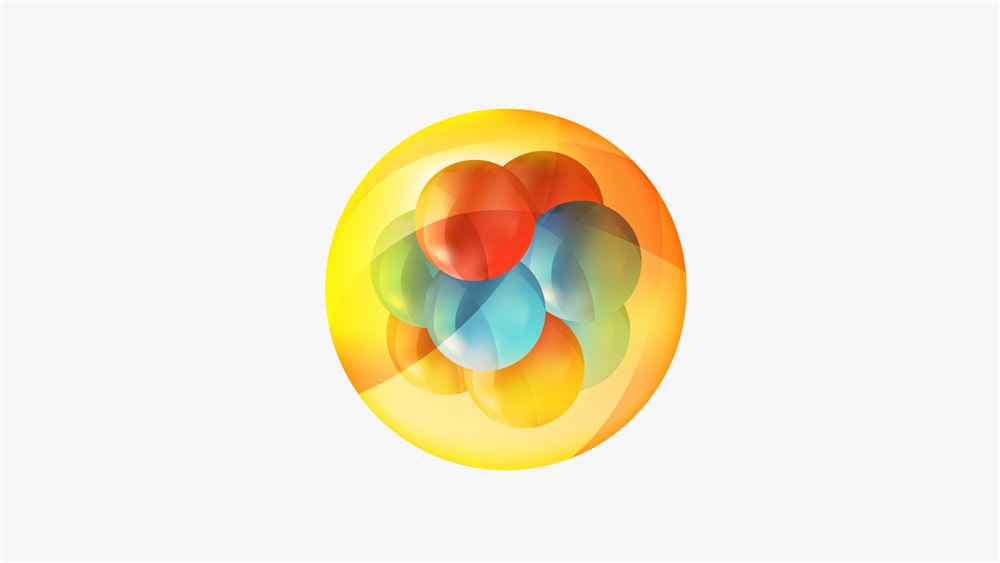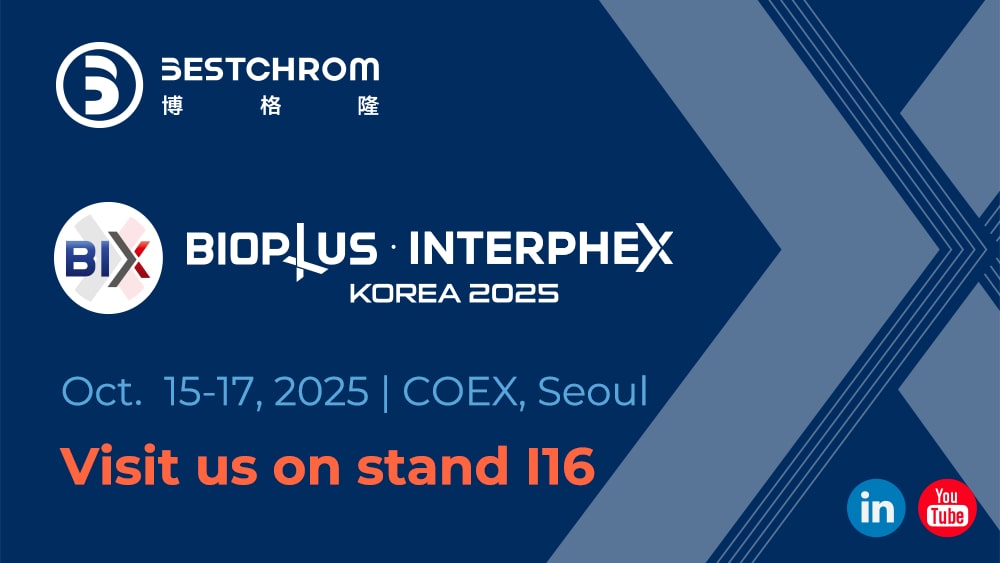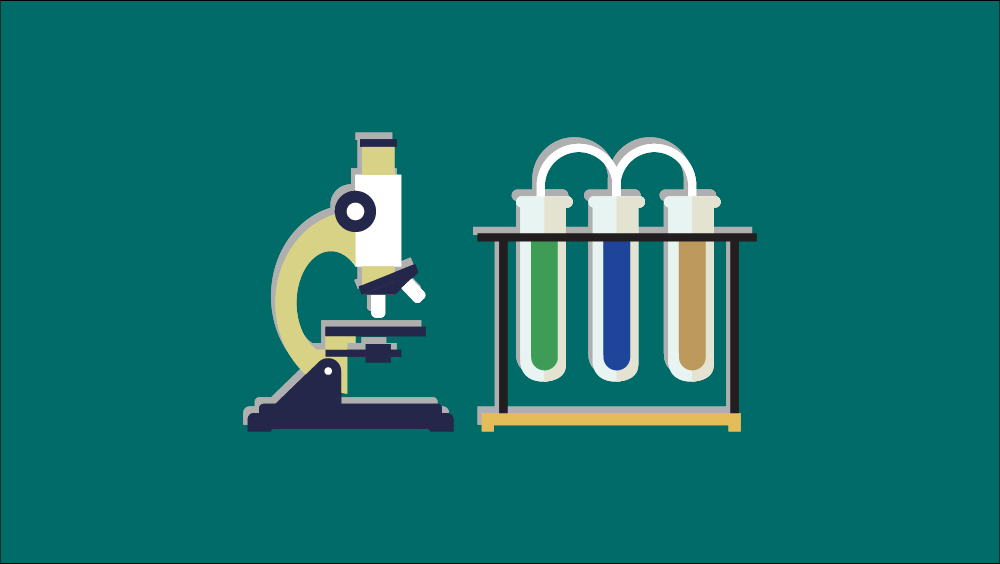Chromatographic technology application in vaccine production

Vaccination has always been serving as one of the most effective methods in the prevention and control of contagious diseases. On account of the increasingly significant role vaccine plays in healthcare sector, more significance has been put on the safety of vaccines. Chromatographic purification is an effective approach to boost vaccine efficacy and reduce possible side effects.
Chromatography technology can effectively separate, purify and analyze vaccine components, ensuring that the final product meets strict quality and safety standards.
Purification technology for vaccines
Vaccines enjoy great variety in functions and categories, which includes attenuated vaccine, carrier vaccine, inactivated vaccine, polysaccharide vaccine, polypeptide vaccine, nucleic acid vaccine, virus-like particle vaccine and genetically engineered subunit vaccine. Thus, purification requirements and methods can vary greatly among different vaccines. In general, downstream process of vaccine purification will cover the following steps: cell capture, clarification, capture, intermediate purification, polishing and formulation & bottling.
Chromatographic technology applied in vaccine purification
Chromatographic technology is the key operating unit in the process of capture, intermediate purification and polishing steps. Chromatographic technology consists of affinity chromatography, ion exchange chromatography, hydrophobic interaction chromatography and mixed-mode chromatography. Therefore, it is essential to flexibly choose various chromatography method combinations according to specific requirements in practical steps.
● Affinity chromatography
Affinity chromatography requires surface protein and protein tags which can specifically bind with resins. Thus the method can be applicable in the crude purification of tagged recombinant protein vaccines, in which the resin captures and concentrates target bio-molecules.
● Ion exchange chromatography
Ion exchange chromatography plays an indispensable role in the downstream processing of vaccine production. To be more specific, flow-through mode of anion exchange chromatography resins can effectively remove HCP,HCD and E.coli endotoxin with advantages such as high binding capacity and wide application, making IEX resins the ideal option for the purification of various vaccines.
Bestchrom Diamond IEX resins are obtained by coupling IEX functional groups to high rigidity agarose matrix with dextran surface extenders, which achieves effective purification of proteins by improving ligand density and protein binding capacity. Thus, it is sensible to use IEX resins (with different particle sizes) in the capture or polishing steps.
● Hydrophobic interaction chromatography
HIC (hydrophobic interaction chromatography) can process large volume of samples, as well as achieving concentration and desalting purpose via binding-elution mode. For example, HIC resins are often employed in the purification process of hepatitis B vaccine, where hydrophobic bonds of HBsAg protein can effectively bind with hydrophobic ligands while leaving HCP and nucleic acid unbound, making the obtaining of high purity surface protein antigen via elution possible.
● Size exclusion chromatography(SEC)
Compared with normal impurities, viruses and vector proteins possess larger particle size and bigger imparity of Molecular weight. Therefore, SEC resins are widely used in vaccine production, especially in the polishing step, where small molecule impurities will be removed before entering into the final purification step.
● Mixed-mode chromatography
Mixed-mode chromatography resin enjoys great advantage in vaccine purification due to the various interaction forces provided by it. Diamond Layer 400 and Diamond Layer 700 are mixed-mode resins with size exclusion(SEC) of 400 KD and 700 KD respectively. The double-layer structure consists of core microsphere (with anion exchange and hydrophobic functions) and thin shell(with size exclusion function).
Impurities whose molecular weight is smaller than certain number can enter into beads to bind with ligands, whereas target molecules will be blocked. Thus, compared with traditional SEC resin, Diamond Layer 400 and Diamond Layer 700 enjoys increased sample loading volume as well as effective column volume reduction in scale-up. The two resins are especially designed for the intermediate purification and polishing of macro-biomolecules including viruses, making them ideal choice in the virus purification of vaccine production.
In order to obtain great vaccine purification effect, downstream processing shall choose appropriate chromatography method according to antigen property and complexity of expression system. In addition, the involvement of membrane chromatography can effectively improve immunogenicity and safety of vaccines.
Conclusion
If you need a reliable chromatography resin supplier to supply you with products, then you can visit our chromatography resin catalog page. Above you can find products that better suit your needs. If you need someone to provide you with professional guidance and advice, you can contact us directly by sending an email. Our engineering staff will answer your questions in detail!
Recommended related content









.png)


